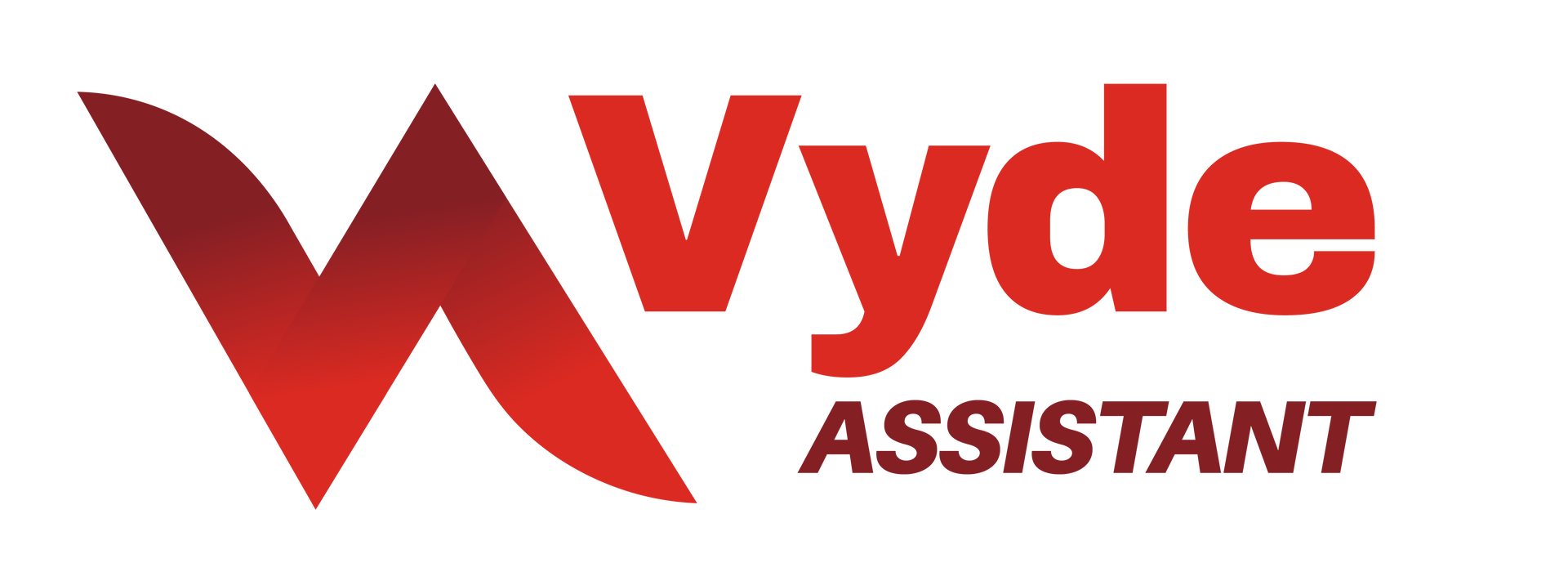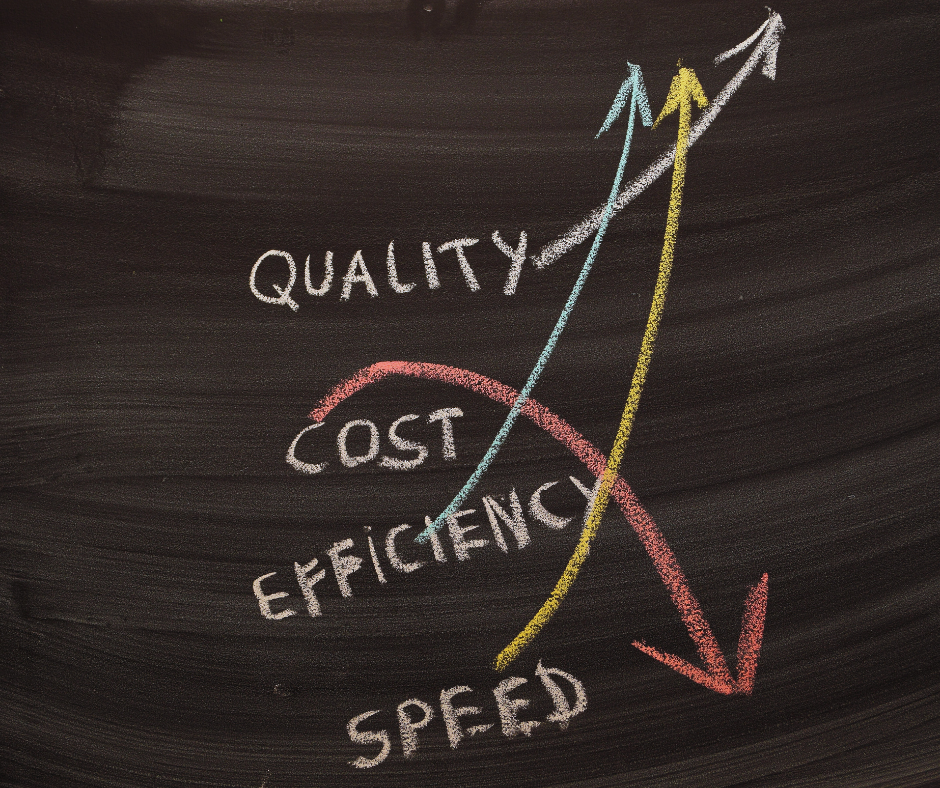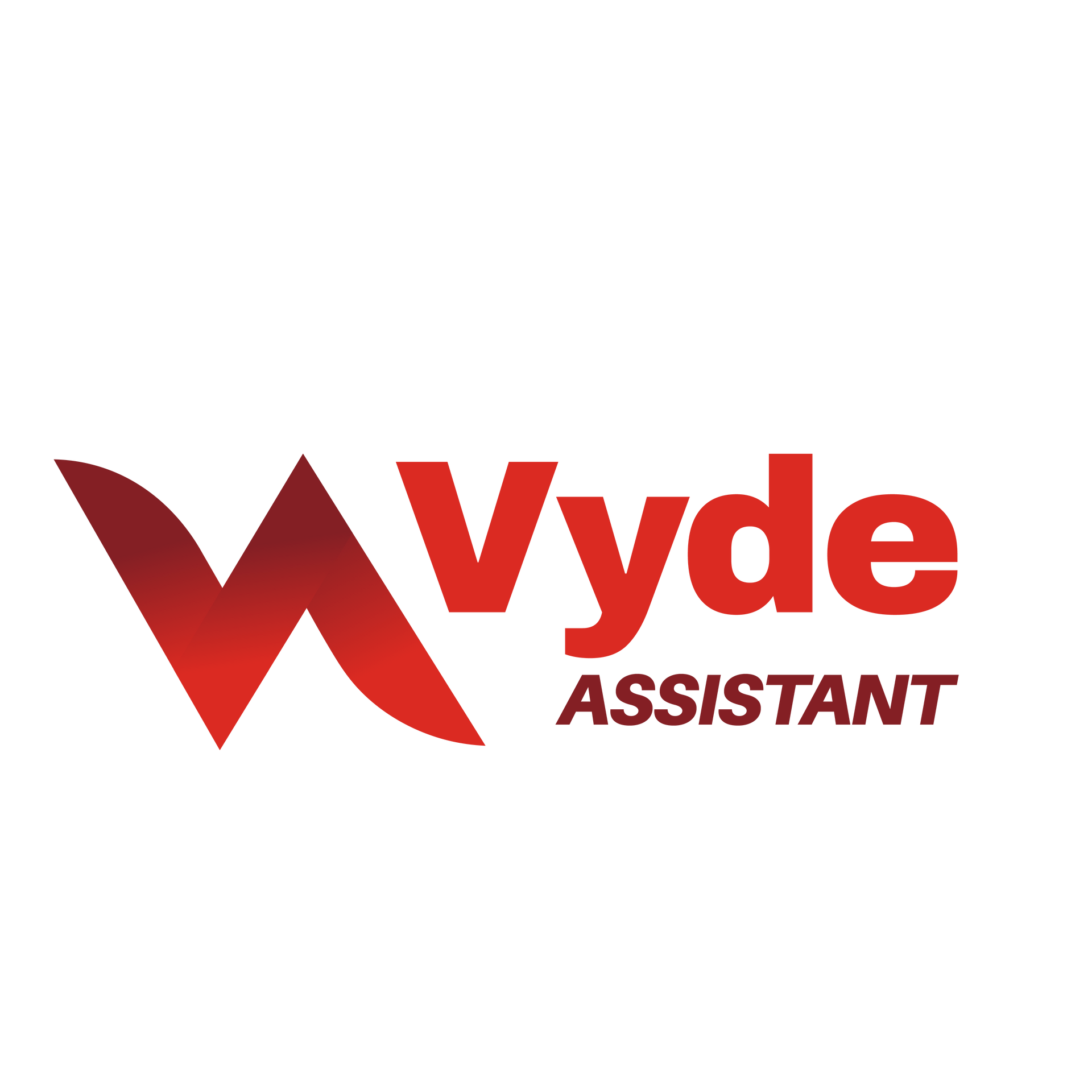The Hidden Cost of Not Hiring a Virtual Assistant
The Hidden Cost of Not Hiring a Virtual Assistant

The Myth of the Solo Hero
Every startup narrative glorifies the "solo hero"—the entrepreneur who handles every email, manages every detail, and personally drives the operation. But this self-reliance isn't a badge of honor; it's the single most critical productivity blind spot preventing scalable growth.
The cost of a Virtual Assistant is an obvious expense. But the cost of not hiring a VA is a complex, three-pronged liability that bleeds cash silently and stunts your strategic development.
Entrepreneurs spend an average of 36% of their workweek on low-value administrative maintenance. That translates to roughly 15 to 20 hours every week consumed by things like managing emails, basic scheduling, invoicing, and follow-ups. This administrative burden has become the default executive function, consuming time that should be dedicated to leadership.
1. The Leaky Bucket of Lost Productivity (The Financial Tax)
The first hidden cost is the direct financial loss incurred by substituting high-value executive labor for tasks a support staff should handle. This is the Opportunity Cost.
The Daily Time Theft
Small business owners consistently lose approximately 96 minutes (1.5 hours) daily to unproductive administrative tasks. This daily drain quickly accumulates, resulting in the loss of more than three full work weeks of productivity annually. For the founder, this is not just "busy work"; it’s time wasted.
The $39,000 Financial Calculation
If your time is conservatively valued at $100 per hour—a highly relevant figure for founders whose time should be spent generating unique value —spending that hour on basic data entry or email triage is not saving money; it is losing potential strategic development and revenue.
Using the benchmark of 1.5 hours lost daily at a conservative rate of $100 per hour, the annual cost of this lost productivity exceeds $39,000. This financial penalty often surpasses the annual expense required for a part-time virtual assistant.
The Strategic Trade-Off
This administrative self-reliance catastrophically distorts strategic priorities. Leaders report dedicating an average of only four hours per week to strategic growth, contrasting sharply with the 15.6 hours lost weekly to operational inefficiencies, multitasking, and constant context switching. The disastrous 4:15 ratio of strategic time to reactive time guarantees growth stagnation.
A Virtual Assistant eliminates the friction inherent in managing that 36% admin burden, allowing the leader to dedicate blocks of time to deep, high-leverage work.
2. The Tax on Decision Quality
The financial costs are clear, but the psychological consequences impose a higher, less tangible tax: the degradation of executive decision quality.
Information Overload and Executive Strain
High-performing leadership relies on the prefrontal cortex, the part of the brain responsible for complex problem-solving and executive functions. When this area is inundated with an excessive stream of tasks and information (emails, data, scheduling) , the resulting information overload consistently leads to a marked reduction in the quality of decision-making. Under this constant pressure, the leader is significantly more likely to rush high-stakes choices or default to suboptimal decisions.
By delegating non-core tasks to a VA, the leader effectively lightens their cognitive load, allowing the prefrontal cortex to function more effectively. This improves decision-making while actively reducing feelings of stress and burnout.
The Micromanagement Penalty
The failure to delegate, often driven by the instinct to "keep it close”, generates internal organizational friction. This cognitive strain leads to anxiety about outcomes, which the executive projects onto their team as control. The result is pervasive micromanagement. Small business leaders spend twice as much time actively micromanaging their teams as they dedicate to strategic growth.
This severe internal friction leads to low morale, widespread disengagement, and, most critically, increased turnover among highly effective performers.
3. The Unscalable Business
The final, and potentially most financially devastating, hidden cost is the structural failure to scale operations, resulting in the erosion of your customer base and the stagnation of growth.
Customer Churn
When the entrepreneur is buried under the 36% administrative burden, critical customer inquiries, follow-ups, and support requests suffer inevitable delays or subpar handling.
This neglect results in a retention nightmare:
Customers are four times more likely to switch to a competitor because of a service-related issue than one related to price or product. A staggering 96% of unhappy customers choose not to complain; they simply leave and never return. The hidden cost is the slow, undetectable decay of your customer base. A Virtual Assistant stabilizes service delivery by managing response time, ensuring task completion, and effectively handling follow-up communications.
Stagnation and Innovation Blockade
The administrative drag creates a structural talent deficit. Many small businesses (80%) report being significantly understaffed, often by an average of five employees, particularly lacking personnel in growth-driving roles such as marketing, sales, and IT. A VA instantly fills crucial support, preliminary marketing, and operational roles, mitigating this critical gap.
Low productivity and chaotic workflow suppress team creativity and make it substantially more difficult to fast-track new, innovative products. The business cannot grow because the internal friction prevents both effective scaling and future innovation.
The VA Imperative: From Expense to Strategic Investment
The evidence is clear: forgoing support is not a cost-saving measure; it is a strategy that incurs massive hidden liabilities across financial, cognitive, and strategic dimensions.
The business case for a Virtual Assistant rest on a simple calculation: The cost of a VA must be weighed against the annual opportunity cost of $39,000 or more, plus the unquantifiable risk of poor executive decision-making. The primary function of a VA is to purchase back the executive's time, enabling the founder to focus exclusively on the crucial four hours of strategic work they desperately need.
Immediate High-Impact Delegation
Start by identifying the tasks that immediately reduce your 36% administrative burden. VAs excel at these high-impact hand-offs:
- Operational & Financial: Handling bookkeeping, managing invoicing cycles, performing data entry, and filtering the vast volume of executive email traffic.
- Communication & Sales Support: Overseeing scheduling, managing basic customer follow-ups, and responding to preliminary customer queries.
- Marketing & Content: Assisting with social media scheduling, content organization, and basic project management.
The fundamental choice facing the modern entrepreneur is stark: either continue operating under the crushing $39,000 cognitive and administrative tax, guaranteeing stagnation and high risk of burnout, or invest in a Virtual Assistant to achieve leverage and focus.
Delegate, relax, repeat. Transform your time; transform your life. By offloading the operational friction, your business can finally achieve the growth potential that the structural administrative burden has systematically impeded.











